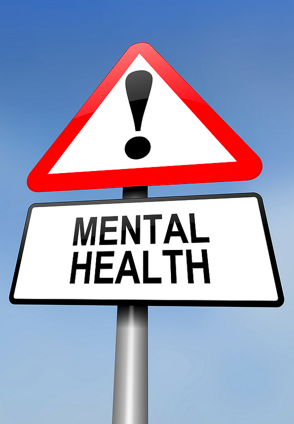Drug Overdose for teens is > than a local problem | Drug abuse realities

 More than 90 percent of adults who develop a substance use disorder began using before they were 18-years-old.
More than 90 percent of adults who develop a substance use disorder began using before they were 18-years-old.
This is an enormous wake up call for helping teens / young adults so they have the best chance for a good life.
Substance misuse can have long-term adverse effects on physical and mental health, academic and career attainment, relationships with family and friends and establishing and being a connected part of a community.
For decades, substance misuse strategies focused on individual willpower to “just say no” or intervening once a person already has a serious problem. But, the evidence shows that if the country is going to maintain a continued downward trend in substance use — it will require a greater emphasis on:
- Preventing use in the first place.
- Intervening and providing support earlier after use has started; and
- Viewing treatment and recovery as a sustained and long-term commitment.
More than 40 years of research exists from the National Institutes of Health (NIH) and other experts that supports this approach, but there has been a disconnect in implementing the science into real-world practice.
- A prevention-oriented approach — building positive protective factors and reducing risk factors — can decrease the chances of tweens and teens initiating, regularly using or developing an addiction to alcohol and/or drugs.
This approach not only lowers the chances for substance misuse, but also has a bigger impact, since similar underlying root causes have also been shown to contribute to increased likelihood of poor academic performance, bullying, depression, violence, suicide, unsafe sexual behaviors and other problems that can emerge during teenage years.
Nationwide, the drug overdose mortality rate has more than doubled during the past decade among people aged 12 to 25 — rising from 3.1 deaths per 100,000 in 1999-2001 to 7.3 deaths in 2011-2013, according to the Trust for America’s Health's new Reducing Teen Substance Misuse: What Really Works report.
The death toll from drug overdose is rising fast in specific pockets of the nation. For instance, the rates have more than quadrupled in five states:
Kansas, Montana, Ohio, Wisconsin, and Wyoming.
More than tripled in 12 states:
Arkansas, Delaware, Indiana, Iowa, Michigan, Minnesota, Missouri, New Hampshire, New York, Oklahoma, Utah, and West Virginia.
More than doubled in 18 states:
Alabama, Arizona, California, Colorado, Connecticut, Georgia, Hawaii, Idaho, Illinois, Kentucky, Nebraska, Nevada, New Jersey, New Mexico, North Carolina, Oregon, South Carolina, and Tennessee.
West Virginia had the highest rate of drug overdoses, well above the national average, while North Dakota had the lowest.
Prescription drugs, such as OxyContin and Vicodin, were responsible for more than half of all overdose deaths in 2013, accounting for 22,700 fatalities.
 Many young people who are addicted to prescription drugs wind up switching to heroin because it's cheaper and often easier to access. About 45% of people who use heroin also are addicted to prescription narcotics.
Many young people who are addicted to prescription drugs wind up switching to heroin because it's cheaper and often easier to access. About 45% of people who use heroin also are addicted to prescription narcotics.Males are more than twice as likely to die of a drug overdose as females, according to the report. And young adults ages 19 to 25 are particularly at risk for a fatal overdose.
The national overdose mortality rate for that age group is 12.7 per 100,000, far above the overdose mortality rate of 1.5 per 100,000 for children 12 to 18.
This level of information can be further explored by going to the Reducing Teen Substance Misuse pdf here.


